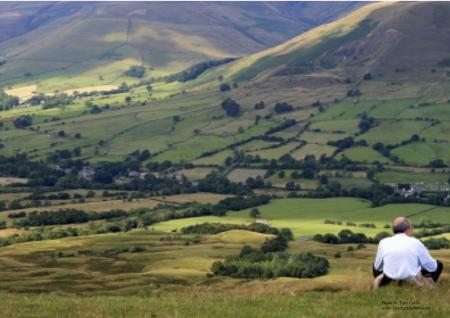
Resource description:
30% of significantly and moderately fragmented area, 22% of mammals in the danger of extinction and only 17% of favourable conservations status of habitats and species within the Natura 2000 network1 - these are some of the sheer numbers that show that the EU’s biodiversity is in extreme danger. The continuous crawl of grey infrastructure along with the spread of unsustainable land use practices trigger the number one factor of species, habitats and ecosystem services loss at the European level: fragmentation. Fragmentation is an enemy that we can only overcome by a thorough and long-term integrated tool of spatial planning if we are to save our still remaining natural heritage, which are still subsequently rich in the Visegrad countries of the Czech Republic, Hungary, Poland and Slovakia.
Green Infrastructure, the new policy tool of the European Union to halt biodiversity loss, aims to connect habitats and increase ecosystem resilience by creating a network of both artificial and natural corridors and areas. Green Infrastructure however is not a brand new idea: Member States have used certain elements of it for the very same reason – with more or less success.
To map the already existent elements and to see the related legislation, management, financing, and actual functionality, an assessment was compiled in the four countries of the Czech Republic, Hungary, Poland and Slovakia to investigate the status of the Green Infrastructure elements at national level. The results indicate that a new EU integrative spatial planning legislation – along with the new Biodiversity Strategy - will indeed aid the coordination and harmonization of different sectorial policies affected spatial planning for the sake of biodiversity. On the other hand, examples may also imply that, in order to thoroughly halt the decline of biological diversity not only spatial planning should be addressed. We would either need a very exhaustive review of the current framework or we need innovative tools that address the drivers of unsustainable land use encroachment, as well.
Uses of this resource:
Analysing Green Infrastructure elements and connectivity at the national level in the Czech Republic, Hungary, Poland and Slovakia.
Additional information:
CEEweb
Licence:
- Free, no licence
Accessibility:
- Screen reader compliant
Development stage:
- Full, working product
Quality assurance:
- Accreditation
- Professional references
- Own QA and testing